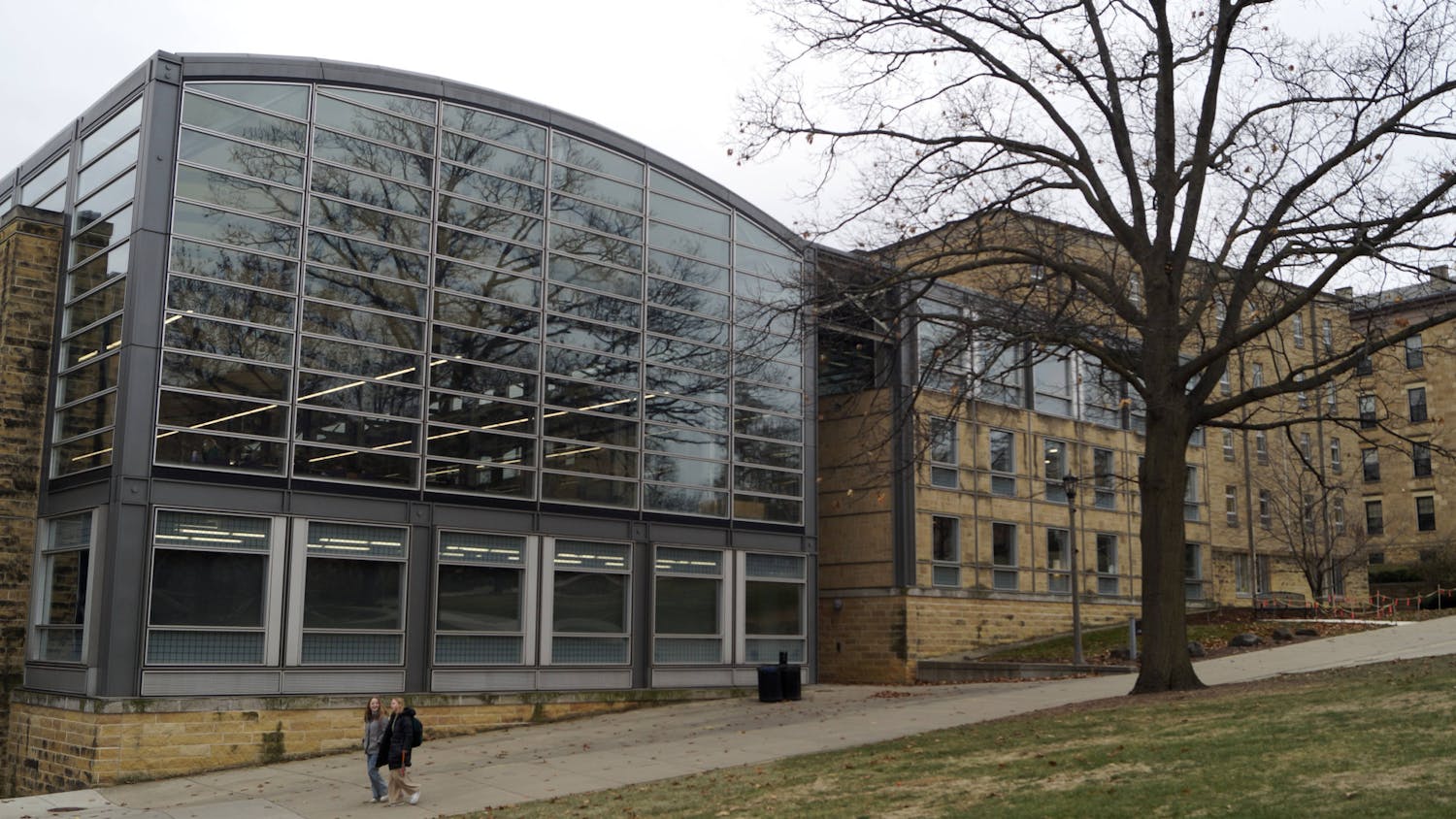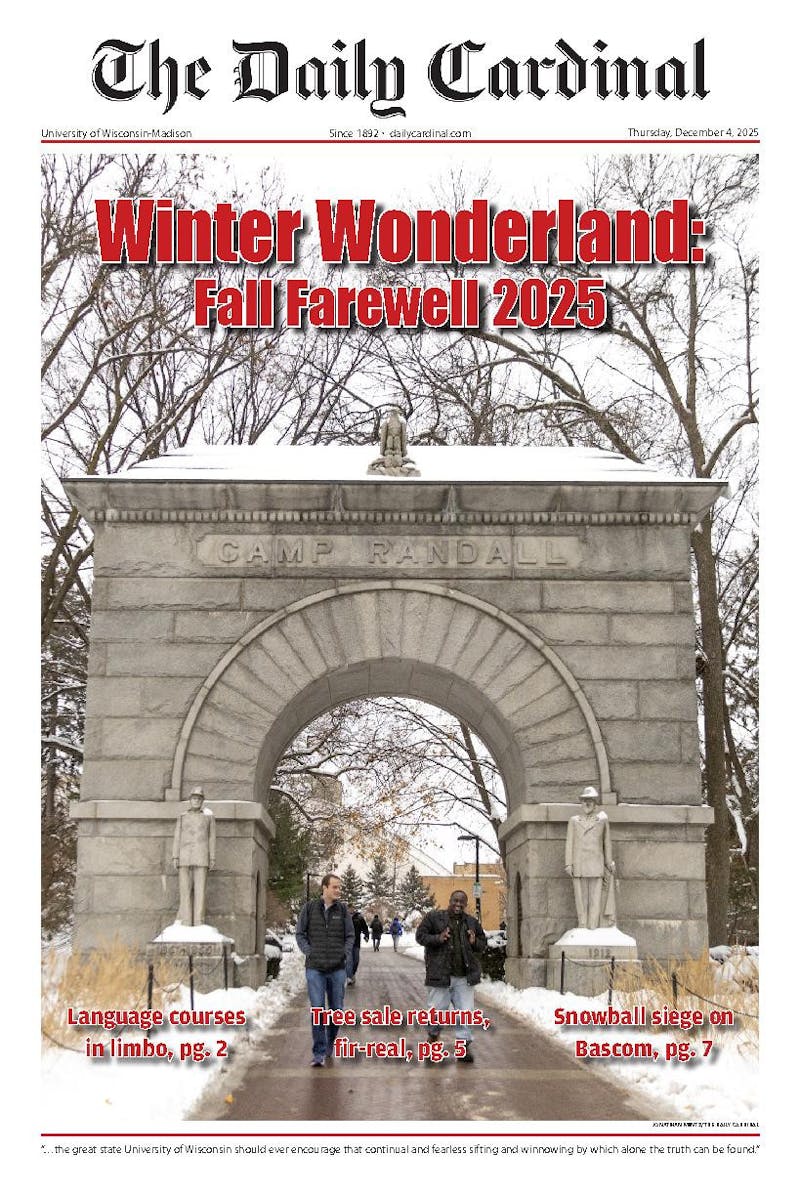This is a student's brain. This is a student's brain on wireless.
UW-Madison has 49 separate wireless Internet access points: an abundance of networking that is an oft-lauded aspect of campus, touted for its convenience and user-friendliness. However, some worry about potential health risks of the system.
Fred Gilbert, president of Lakehead University in Canada, banned wireless networking on campus last week, citing its emitted electromagnetic forces as potential carcinogens.
Local experts said they disagree.
'I think the probability of that is nil,' said Kelly Clifton, professor emeritus of human oncology in UW-Madison's medical school. 'The wavelength of the wireless transmission makes it very unlikely to transfer energy to living material.'
The Institute of Electrical and Electronic Engineers, the world's largest professional technology association and leading provider of technical standards, set safety levels in 1992 regarding human exposure to radio frequency electromagnetic fields at the range of three kilohertz to 300 gigahertz.
Currently, according to the Wireless Local-Area Network Association, wireless local-area networks operate at 35 megawatts in the 2.4 GHz band, approximately 1/17 the RF power output of a cell phone.
Several UW-Madison Department of Information Technology managers discussed Lakehead's conclusion, according to DoIT Communications Manager Brian Rust.
'It's really kind of funny,' Rust said. 'A few of them had actually done the calculations of if, in fact, there was any kind of risk posed by wireless networking, and it was just negligible'it wasn't even worth considering.'
To generate the amount of RF power of a decent microwave oven, 1,000 cellular phones would need to combine into one, consolidated unit, a DoIT technical worker said in an e-mail. Wireless networking gives off even less RF than cell phones, given that it emits RF for local-area networks, rather than wide-area networks.
'Until you get up to exposures that are long enough to make warmth,' electromagnetic energy cannot transfer to humans,' Clifton said. 'And you've got to get a horrendous dose to warm anything with microwaves.'
However, despite nay-saying, the jury is still out regarding whether wireless network RF could be a carcinogen. Clifton said he feels a lack of intensively researched literature on wireless RF effects seems to be the main reason for fear mongering and uncertainty.
According to DoIT, until evidence proves otherwise, students can continue to enjoy their Wi-Fi, cell phones and microwaves. And, DoIT said, unlike the fried egg brain in the popular anti-drug commercial, students' brains seem to be thriving, absorbing the speedily accessible knowledge of the Information Age.





